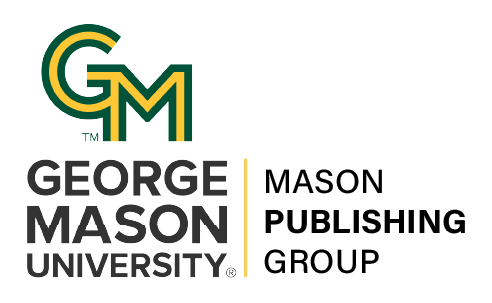Using Test Reflections to Improve Student Learning
DOI:
https://doi.org/10.13021/G8itlcp.10.2018.2174Keywords:
active learningAbstract
NOTE: This teaching activity showcase is one of two during the 2:45pm-4:15pm session. ÃÂ It will be presented within that session from 3:45pm to 3:25pm.
BRIEF SESSION DESCRIPTION:
Research suggests that students can improve their study habits and exam performance through meta-cognition (thinking about your thinking) and reflection.àThis session showcases an example and details how faculty members can create a test reflection that helps students realize the connection between study strategies and test performance.àThis activity also helps students develop a plan for more effective ways to study test material, resulting in better content retention and test performance. àFaculty who attend this session will be able to create a test reflection tailored to just about any course, in any format, using that courseââ¬â¢s specific learning outcomes.ÃÂ
____________________________________________________________
FULL ABSTRACT:
Students often do not like to deviate from how they generally study for exams, despite lackluster results. Research suggests that students can improve their study habits and exam performance through meta-cognition (thinking about your thinking) and reflection (Bowen, 2013; Lovett, 2013; Winkelmes, 2013). ÃÂ
ÃÂ
Using these basic principles, I designed a test reflection, to help students improve how they prepare for tests, with the goal of increasing content retention and test performance.àAfter the first test is returned in my GCH 412 Fundamentals of Epidemiology class, students complete a brief test reflection. The target learning outcomes for the test are discussed, and I note that the reflection is to help students evaluate their own preparation and performance, so they can adjust their study habits in the future. The reflection asks them how much time they spent preparing for the test, whether they used the study guide, and how much time they spent studying alone and in a group. They then indicate which techniques they used to study and how much time was spent using each techniques. More effective learning and retention techniques are marked with an asterix.àStudents then assess the list of concepts assessed by the test and note where they lost points. This list also includes points lost to lack of concentration, arithmetic errors, and lack of preparation. students are asked to name two thing they plan to differently to prepare for the next test. They are asked to be specific and to not just say ââ¬ÅI will study harder.ââ¬Â Students who scored well are asked to think about what they did well and what they will continue to do to maintain their performance. I collect the reflections until the week before the next test, when I return them so that students are reminded of their plan for the next test.àI often see significant improvements in test performance after the students engage in this type of meta-cognition and reflection.
Faculty who attend this session will be able to create a test reflection tailored to just about any course, in any format, using that courseââ¬â¢s specific learning outcomes. The process of creating the reflection itself, since it is based on student learning outcomes, can help faculty assess whether the content of their tests actually do tap into the expected learning outcomes for the course.




